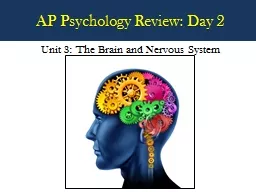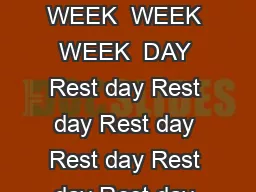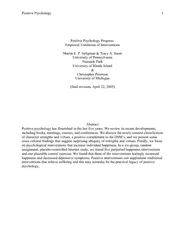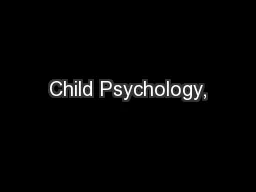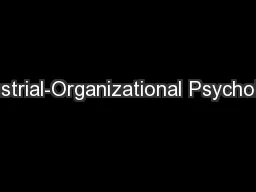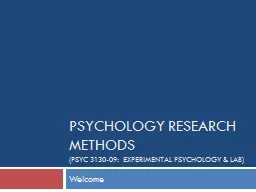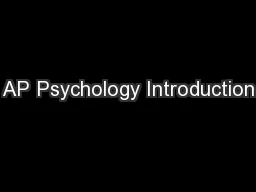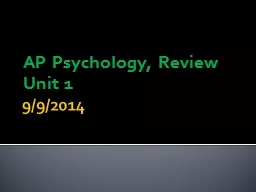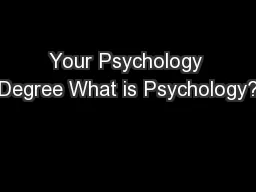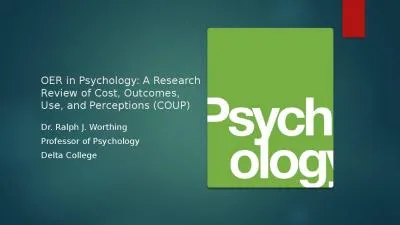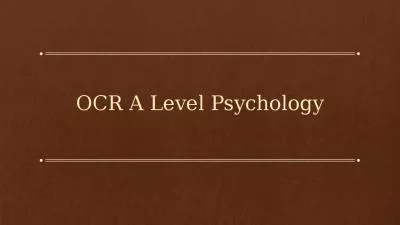PPT-AP Psychology Review: Day 2
Author : karlyn-bohler | Published Date : 2018-03-09
Unit 3 The Brain and Nervous System I The Forebrain A The Corpus Callosum Connects the rightleft hemispheres of the brain Allows impulses to pass from one side to
Presentation Embed Code
Download Presentation
Download Presentation The PPT/PDF document "AP Psychology Review: Day 2" is the property of its rightful owner. Permission is granted to download and print the materials on this website for personal, non-commercial use only, and to display it on your personal computer provided you do not modify the materials and that you retain all copyright notices contained in the materials. By downloading content from our website, you accept the terms of this agreement.
AP Psychology Review: Day 2: Transcript
Download Rules Of Document
"AP Psychology Review: Day 2"The content belongs to its owner. You may download and print it for personal use, without modification, and keep all copyright notices. By downloading, you agree to these terms.
Related Documents

